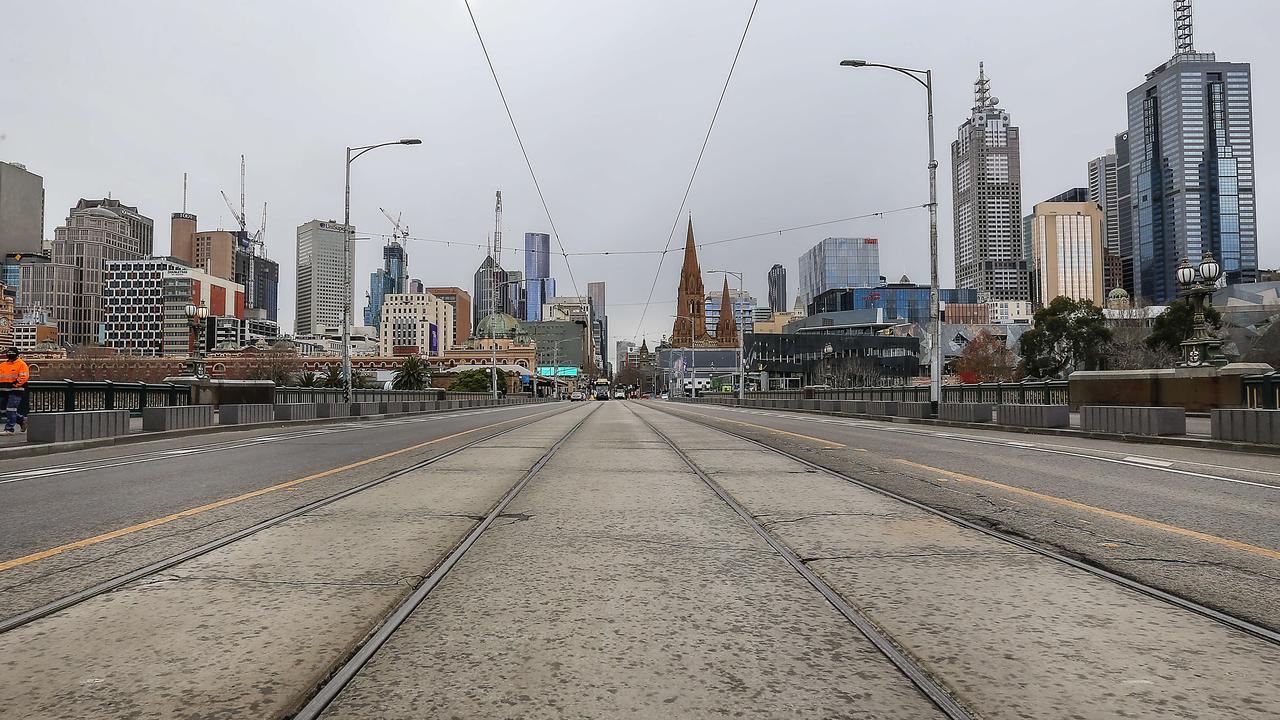Government fails to address the enormity of cladding crisis
The problem of combustible cladding is likely to take more than $600m to fix and those affected can’t be made to wait, writes Liberal MP Tim Smith.
Labor’s $600 million announcement is just a drop in the ocean of what will eventually be needed to make hundreds, if not thousands, of Victorian high rise towers safe from dangerous combustible cladding.
In their big set-piece media event yesterday, the Andrews government claimed its cladding removal program was a world first.
That is complete rubbish.

The United Kingdom government has already announced a funding package of about $360 million to remove cladding from 170 buildings.
What worries me greatly about the Andrews government’s package is that $600 million for upwards of 800 buildings is nowhere near enough when compared with the British response. Premier Daniel Andrews himself admitted yesterday that $600 million may well be the tip of the iceberg — so we need to ask, how big is the extent of this issue?
Working with RMIT University, the Builders Collective estimates rectification costs will be in excess of $2.6 billion, assuming an average of 50 dwellings per building.
That cost is based on the number of dwellings per building and the rectification cost varying from $15,000-$60,000 per dwelling, depending on the level of risk.
Daniel Andrews said that about 500 buildings will need to have their combustible cladding removed; however Matt Vincent from the Victorian Cladding Taskforce said on 3AW that the figure is more than 800, while the government’s media release carefully avoided mentioning any number at all.
It’s incredible that given the magnitude of this issue, the government can’t describe with consistency and clarity the full extent of the problem.
The head of the cladding audit, Matt Vincent, says that in the best case scenario, it will be five or six years before the flammable cladding will be removed from all buildings found to be dangerous.


Another five or six years — that is a very, very long time for people to sit in limbo while waiting for the relevant department to call and reassure them that the cladding in their building will be removed.
The government has known about this crisis for almost five years and now many Victorians will be waiting another five years — at least — before they can feel assured they’re not living in a fire trap.
The state government has pledged $300 million, while the other $300 million could be raised over five years through a building permit levy.
Estimates suggest that would incur an incremental cost of $2200 on an apartment worth $610,000.
In effect, Labor would be slugging future homeowners, forcing them to pay the price for the failure of this government and its regulator, the Victorian Building Authority.
Daniel Andrews is now looking to the federal government to stump up for the remaining $300 million he has pledged.
Why should the federal government bail out Labor and its regulator, the VBA?
Let’s not forget that the VBA approved this dangerous flammable material for use.
Many apartment buildings where this material was used were quite rightly signed off by building surveyors as being fit for occupancy.
The VBA allowed this material to be used, then sat back and did nothing for five years while people’s lives were known to be at risk.
This funding package also does nothing to address culpability for the dodgy developers who made these homes into fire traps.
After the Grenfell Tower tragedy, the British government commissioned an independent review of UK Building Regulations and Fire Safety.
Dame Judith Hackitt led this review and recommended an integrated, systemic change to the construction industry to reform the “race to the bottom” behaviour of some industry players.
Her task force recommended a stronger and tougher regulatory regimen, complete with increased competence of professionals and more rigorous testing of building products.

A confidential reporting and whistleblowing process was part of the reform, to ensure that those not complying would be exposed.
There must be a serious inquiry into the systematic failures of the VBA, to reform regulatory processes in the building industry to ensure something like this never happens again.
MORE NEWS:
VICTORIANS FOOT $600M CLADDING BILL
HIGH RISK LETTERS TO BE SENT WITHIN WEEKS
Labor has been in government for 16 of the past 20 years, so rather than looking to involve the federal government, state Labor must step up and take responsibility for this massive failure of its own regulator, the VBA.
Once again, Premier Andrews and Labor have failed to address the enormity of Victoria’s cladding crisis and as a result, Victorians will be forced to continue living in homes that are potentially deadly fire traps.
Whatever the number of buildings that are caught up in this fiasco, $600 million is most probably not going to solve the problem.
Tim Smith is the state Liberal member for Kew.


